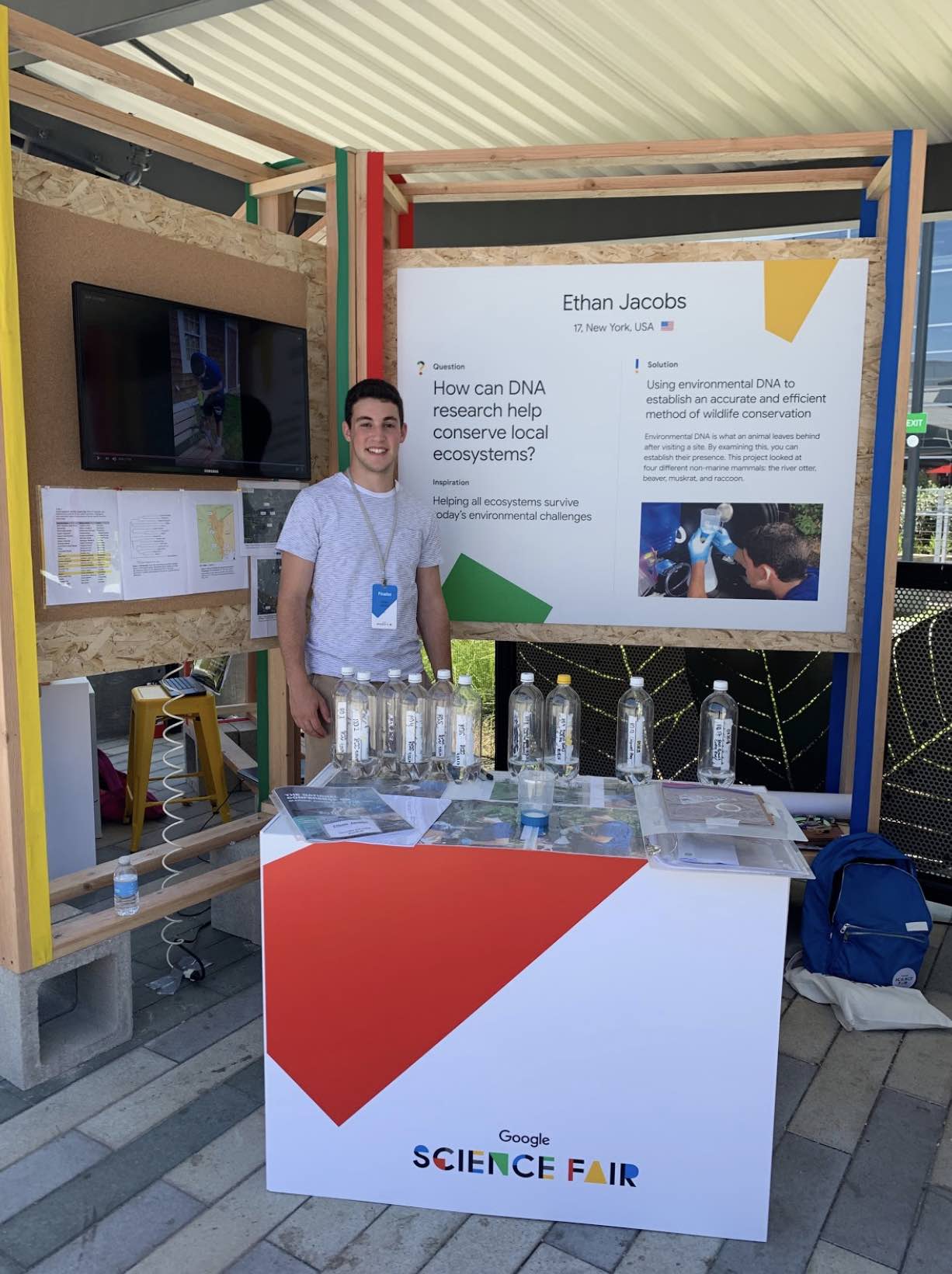Working with eDNA
Starting in my sophomore year of high school, I entered my school’s three-year Authentic Science Research program. While in this program, I conducted a full research project on a scientific topic of my choosing. However, making a commitment to a specific topic was more challenging than I initially anticipated.
Nevertheless, I knew one thing for certain: I needed to work in a field in which I felt personally invested.
I wasn’t sure where to start, so during the summer of 2016, leading into my sophomore year, I dove into literature ranging from neurological disorder treatments to the circadian rhythms of scallops. As I hunted for a field to focus my research on, I happened upon an article on environmental DNA (eDNA).
eDNA is the DNA contained in feces, urine, scales, skin, hair, or other excretes that can be easily collected and analyzed to monitor biodiversity and map population distribution with finite precision. I was immediately intrigued, and I was fortunate enough to work alongside and learn from the most experienced leaders of research in this small, but extensively-growing field.
eDNA instantly sparked my interest. At the time, I had a particular interest in ecology and conservation, and loved the ingenuity and approachability of eDNA-based research as a cutting-edge biodiversity monitoring tool. Even as a child, conservation was at the forefront of my mind. Beginning at age 11, I organized two pollution cleanup events, one in my hometown and one on a nearby beach; I also participated in National Cleanup Day from ages 11-13. To this day, I remain in contact with the NRDC, state fish and wildlife biologists, and other environmental protection organizations to try to help the environment in every little way possible and initiate changes.
As I read more about the field involving eDNA, I came to understand the many gaps and the huge range of possible applications it holds.  Most past research involved fish or aquatic species, but little research had focused on detecting mammal eDNA in water samples. This was likely due to a lack of equipment that are sensitive enough to detect smaller quantities of eDNA.
Most past research involved fish or aquatic species, but little research had focused on detecting mammal eDNA in water samples. This was likely due to a lack of equipment that are sensitive enough to detect smaller quantities of eDNA.
I reached out to Dr. Mark Stoeckle of the Program for the Human Environment at Rockefeller University who had recently developed and applied a new, sensitive method of eDNA amplification and analysis, and we worked together to find a novel way to apply this method.
We chose to focus on monitoring a few non-marine mammal species in the Northeast, focusing on the populations that were under-mapped and/or keystone in the area near where I live; we looked for eDNA of beaver, muskrat, raccoon, and river otter. Our goal was to assist conservation efforts in the Northeast, but just as importantly test and strengthen underdeveloped eDNA detection methods for future research.
In the end, we found the DNA of all four target species in different rivers, validating the sensitivity and effectiveness of the new method while also providing important data to local, state, and national wildlife organizations. I hope to continue my research and possibly work on similar research in college and later in life! To me, it is critical to continue this work and continue understanding our environment better, one step at a time.
